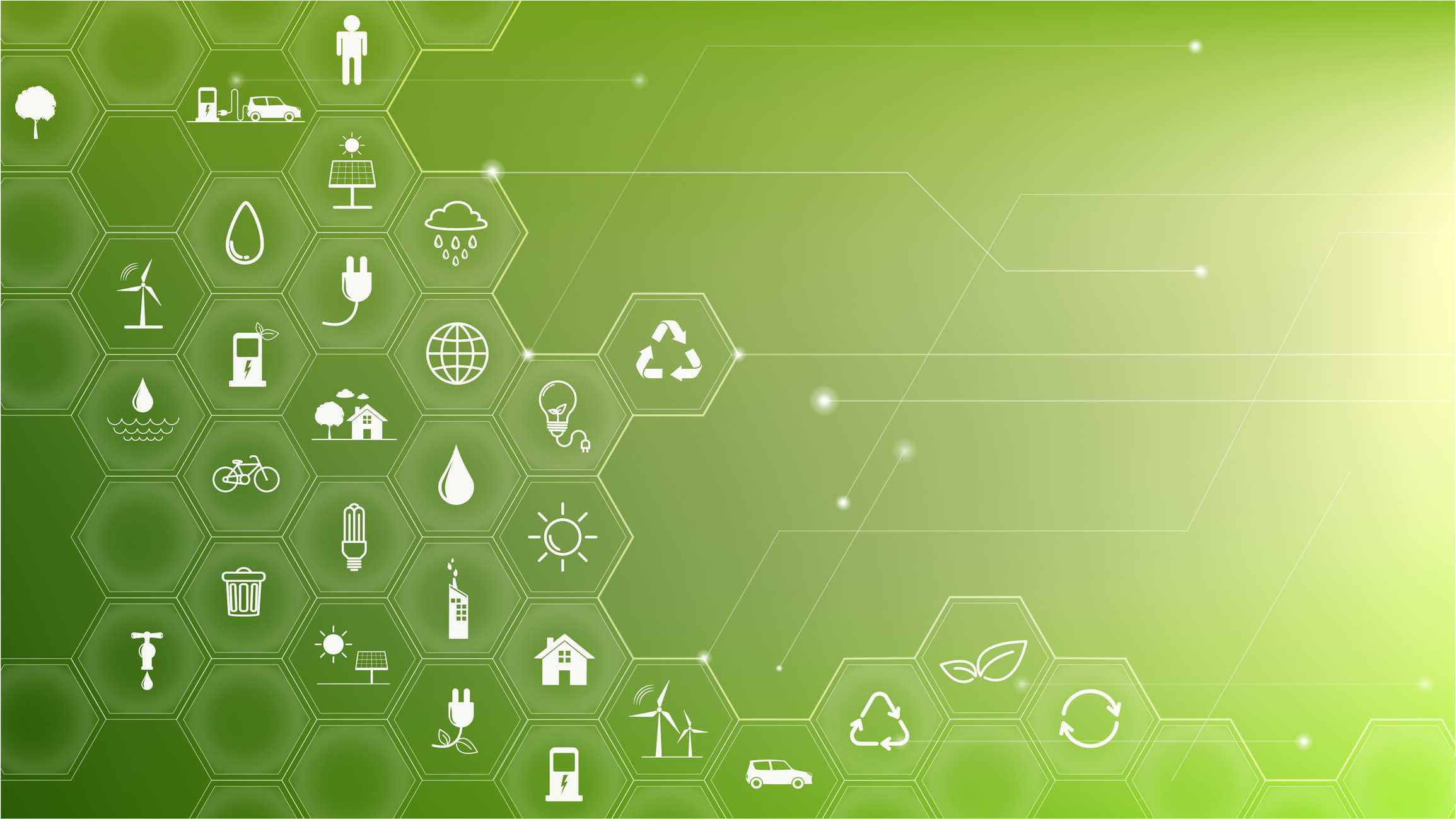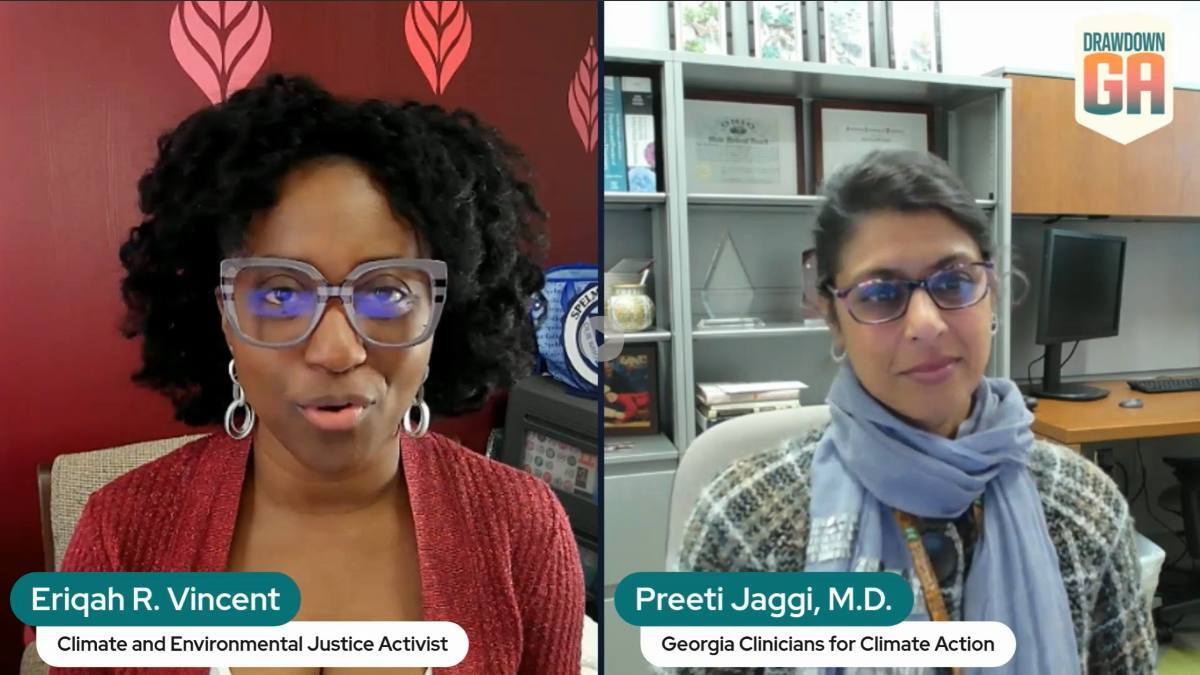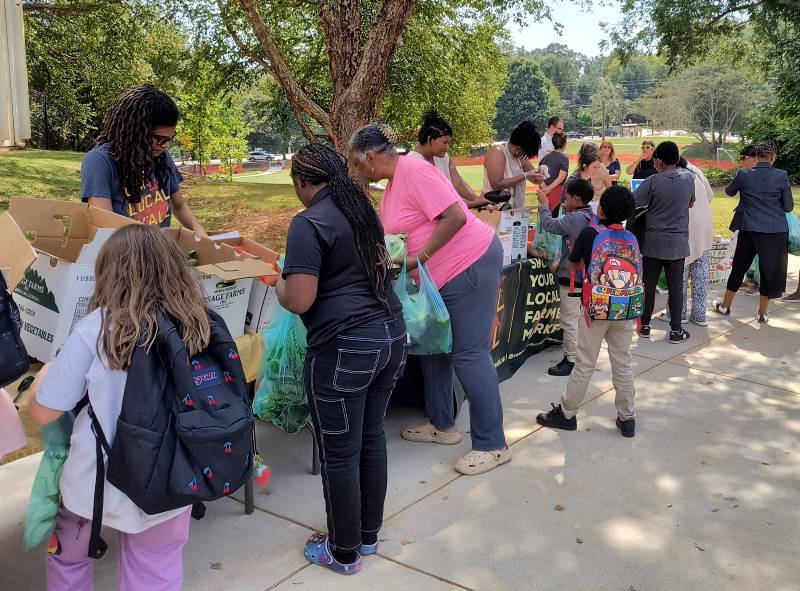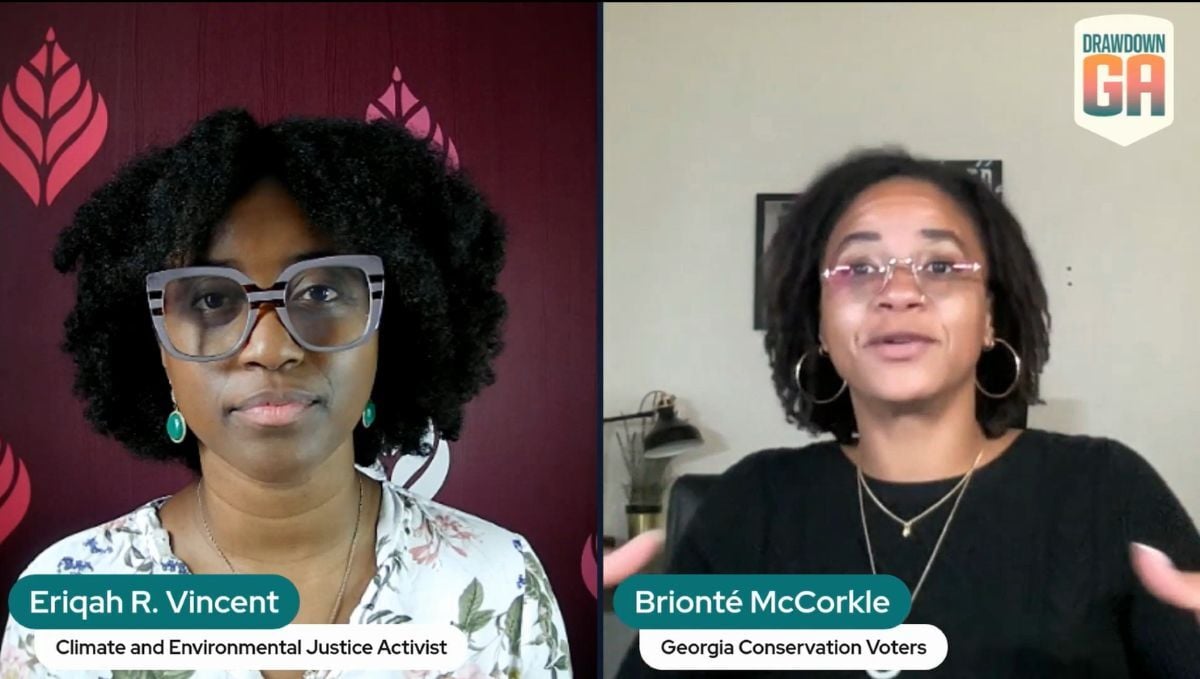When I give the Drawdown Georgia elevator pitch, I invariably make reference to our 20 state-specific climate solutions spanning 5 sectors. It’s the foundational pillar of our collective work. The list of solutions takes all of the complexity of reversing global warming and boils it down to a relatable and actionable roadmap for Georgia that is based on best-in-class research. It’s an incredibly helpful list.
There’s a downside to having a top 20 list though. It suggests that if a solution doesn’t appear on the list, we shouldn’t work on it. Nothing is further from the truth! Our list of 20 solutions is far from exhaustive. There are two categories of solutions that don’t appear on it that are still critically important to reversing global warming and improving our communities.

Less Impactful Climate Solutions
The first category is fairly straightforward. Some of the solutions analyzed by the Drawdown Georgia research team do not deliver enough greenhouse gas reduction this decade to be categorized as “high impact.” For example, we don’t have onshore wind turbines on our list because of the unreliable wind patterns in our state. Installing wind in Georgia would not deliver significant statewide carbon reduction, but that doesn’t mean it shouldn’t be selectively installed where it makes sense. It should be!
Another example is net-zero buildings. The research team determined that there would be an insufficient number of new buildings constructed this decade to deliver enough carbon reduction for inclusion on the list. Regardless, we should try to build as many new buildings to a net-zero standard as possible. Every bit of carbon savings helps!
Policies & Systems to Enable Climate Solutions
The second category relates to enabling solutions – things that could help a whole suite of climate solutions scale if we utilized them.
Take for instance a price on carbon, such as a carbon tax or cap-and-trade program. If we had a price on carbon, climate solutions across the board would become more cost-effective to deploy. That doesn’t make the price on carbon a climate solution itself, but rather a policy that could support climate solutions. Our list of solutions doesn’t include climate policies, but we will absolutely need new policies to effectively scale our solutions.
The Circular Economy as a Climate Solution
There is another enabling solution that I want to highlight because it often gets overlooked: the circular economy.
As defined by the Ellen MacArthur Foundation--an organization that is at the forefront of this movement--it is a restorative economic system based on three principles: designing out waste and pollution, keeping products and materials in use, and regenerating natural systems. Practices that fit within a circular economy include composting, recycling, designing products for longer cycles of use, designing products for disassembly, sharing economy business models, new waste recovery techniques, and on and on. If this is making your head spin, let me simplify it for you with the perfect analogy. If the natural world has zero waste and is powered by the sun, then our human economic systems would ideally be the same.
The Circular Economy & Climate
How does this all connect to climate?
The Ellen MacArthur Foundation answered that question in a detailed 2019 report, which found that using circular economy strategies in five sectors (cement, steel, plastic, aluminum, and food systems) could reduce emissions by 49% by 2050. It’s worth spending time with the full report, but for my purposes here, let me give you a simple hypothetical to illustrate how this works.
Let’s say you and your neighbor buy the exact same aluminum deck chairs at the same time. After two years, your neighbor grows tired of them, puts them on the curb for the garbage truck to collect, and buys a new style. You, on the other hand, keep the chairs well cleaned, you repair them from time to time, and after 20 years of use, you finally take the chairs to a scrap metal recycler. Over those two decades, you have preserved all of the “embodied carbon” of your chairs – the carbon emissions associated with making your chairs. Your neighbor, on the other hand, preserved his or her embodied carbon for only two years, after which new chairs were bought with their own embodied carbon. If your neighbor bought new chairs every two years for the two decades you had your original set, they would have roughly ten times the impact on the climate that you have!
Here is my bottom line. We want you to use our list of 20 solutions, finding ways to help Georgia achieve Drawdown as quickly as possible. But remember that we all can, and need, to do so much more that is beyond the list, and following the principles of the circular economy is a great place to start.









